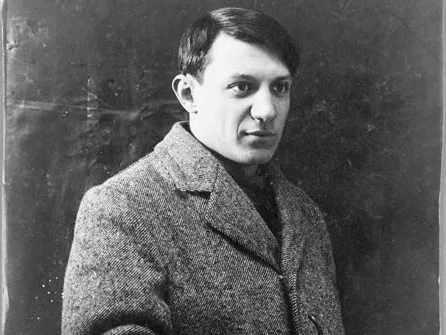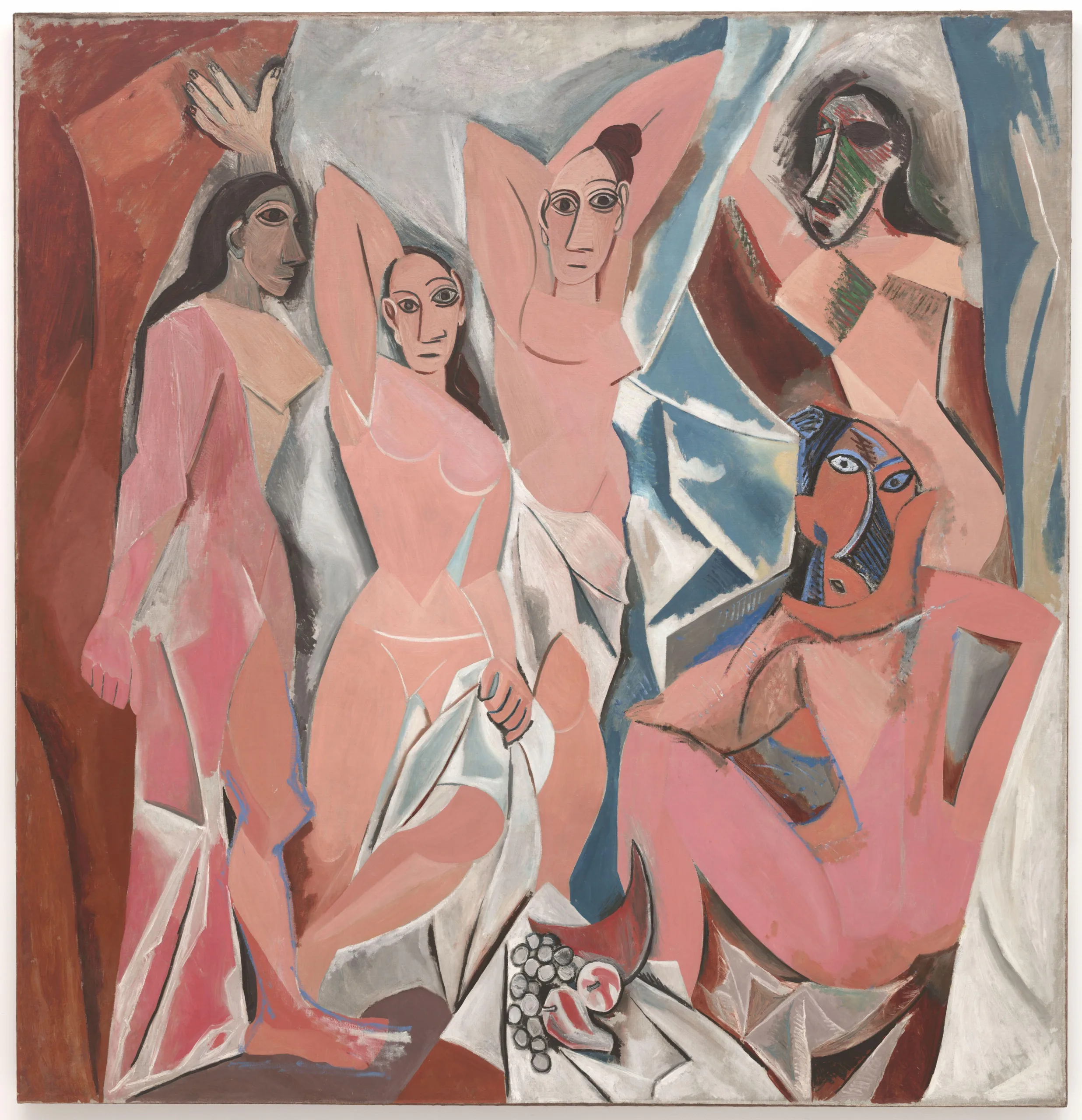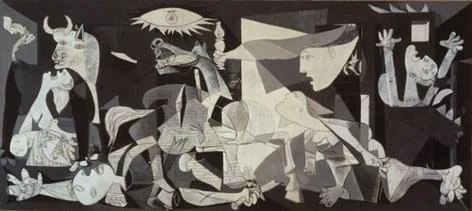Celebration Picasso 1973, the world came together to celebrate the life and work of Pablo Picasso, one of the most influential artists of the 20th century. The event, known as “Celebration Picasso 1973”, marked the artist’s 90th birthday and was a testament to his enduring impact on the art world. Born in Spain in 1881, Picasso’s innovative and groundbreaking style revolutionized the art world, leaving an indelible mark on the history of art. In this article, we will explore the life and legacy of Pablo Picasso and take a closer look at the year 1973 and its significance in the art world.

What is the anniversary of Picasso?
The anniversary being celebrated during “Celebration Picasso 1973” was the artist’s 90th birthday. The anniversary of Picasso refers to the celebration of his birth, which occurred on October 25, 1881. In 1973, this date marked the 90th anniversary of his birth and was celebrated worldwide as a tribute to the artist’s life and work.
What is Picasso famous for?
Pablo Picasso is famous for his revolutionary contributions to modern art, particularly his innovative use of form, color, and perspective. He was also known for co-founding the Cubist movement and for his prolific output, producing thousands of paintings, sculptures, prints, and ceramics over his lifetime. Picasso is famous for his groundbreaking contributions to the art world, particularly for his role in the development of the Cubist movement. He is also known for his iconic works, such as “Les Demoiselles d ‘Avignon” and “Guernica,” as well as for his experimentation with various art forms, including sculpture and ceramics.
Interesting facts about Pablo Picasso: Celebration Picasso 1973
- Picasso was born in Malaga, Spain in 1881 and spent most of his life in France.
- He was heavily influenced by the art of ancient cultures, particularly African and Iberian art.
- Picasso was a master of multiple art styles, including Cubism, Surrealism, and Expressionism.
- He was famously involved in numerous romantic relationships throughout his life, including a tumultuous affair with artist Dora Maar.
- Picasso’s art collection was so extensive that he had to rent several warehouses to store it all.
- Picasso was a prodigious artist, producing an estimated 50,000 works of art in his lifetime.
- He was a multi-talented artist, working in a variety of mediums including painting, sculpture, printmaking, ceramics, and even stage design.
- Picasso was a prolific writer and poet, publishing several books of poetry throughout his life.
Here are some Interesting questions related to Pablo Picasso
What happened to Picasso in 1937?
In 1937, Picasso’s painting “Guernica” was exhibited at the Paris World’s Fair. The painting depicted the horrors of the bombing of the Spanish town of Guernica during the Spanish Civil War, and it quickly became a symbol of anti-war sentiment. Following the fair, the painting toured throughout Europe and the United States, bringing attention to the conflict and the suffering of the Spanish people.
What year was Picasso’s last painting?
Picasso’s last painting, “The Man with the Sheep,” was completed in 1972, just one year before his death.
What is Picasso’s most famous piece?
Picasso’s most famous piece is arguably “Guernica,” a large-scale mural depicting the bombing of the Spanish town during the Spanish Civil War. The painting has become a symbol of antiwar sentiment and remains one of the most powerful works of art of the 20th century.
What is Picasso’s art style called?
Picasso’s art style is often referred to as Cubism, a movement he helped develop along with Georges Braque. Cubism emphasizes geometric shapes and the fragmentation of form, often creating abstract or distorted images.
Why was Picasso’s art so special?
Picasso’s art was special because it was innovative and groundbreaking, pushing the boundaries of traditional art forms and challenging the status quo. He was constantly experimenting with new techniques and styles, creating works that were not only aesthetically pleasing but also intellectually stimulating.
Why was Picasso a genius?
Picasso was considered a genius because of his ability to consistently create innovative and groundbreaking works of art throughout his long and prolific career. His ability to push the boundaries of traditional art and to explore new forms of expression has had a profound and lasting impact on the world of art as a whole.
What was Pablo’s first word?
Picasso’s first word was “piz,” short for “lápiz” which is Spanish for “pencil”.
What was Picasso’s 1st painting?
Picasso’s first painting is not known, but it is believed to have been created when he was around the age of nine. He began taking art classes with his father at a young age and showed a natural talent for drawing and painting.
Did Albert Einstein meet Pablo Picasso?
Yes, Albert Einstein and Pablo Picasso met in 1930 at a dinner party hosted by the American journalist and author Lincoln Steffens. They reportedly had a lively conversation about the nature of creativity and the role of science and art in society.
What are 3 famous artworks by Pablo Picasso?
- “Les Demoiselles d ‘Avignon” (1907)
- “Guernica” (1937)
- “The Old Guitarist” (1903-1904)
1. Les Demoiselles d ‘Avignon (1907)

2. Guernica” (1937)

What was Pablo Picasso’s favorite food?
Picasso was known to be a lover of food and enjoyed a wide variety of dishes. However, one of his favorite foods was reportedly seafood paella, a traditional Spanish dish made with rice, saffron, and a variety of seafood.
Did any Picasso paintings sink with the Titanic?
Yes, it is believed that several Picasso paintings were lost when the Titanic sank in 1912. The paintings were being transported from France to the United States as part of an exhibition when the ship went down. However, the exact number and identity of the lost paintings is not known for certain.
What is the most famous painting by Picasso completed in 1937?
The most famous painting completed by Picasso in 1937 is “Guernica,” a powerful antiwar statement that depicts the bombing of the town of Guernica during the Spanish Civil War.
What was Picasso accused of?
Picasso was accused of stealing the Mona Lisa from the Louvre Museum in Paris in 1911. However, he was cleared of any involvement in the theft after the real thief was caught and the painting was recovered two years later.
How much is Pablo Picasso’s most famous painting?
Picasso’s most famous painting, “Les Demoiselles d ‘Avignon,” is considered to be priceless and is not for sale. However, it is estimated to be worth well over $100 million.
What was the name of Picasso’s most powerful painting?
Picasso’s most powerful painting is widely considered to be “Guernica,” a large-scale masterpiece that depicts the horror and devastation of war.
What are Picasso’s 4 art periods called?
Picasso’s career can be divided into several distinct periods, each characterized by a unique style and approach to art. These periods are:
- The Blue Period (1901-1904)
- The Rose Period (1904-1906)
- The Cubist Period (1907-1917)
- The Neoclassical Period (1917-1925)
Personal life of Pablo Picasso
In terms of his personal life, there are many interesting facts about Pablo Picasso. For instance, his first word as a child was “pencil.” He also completed his first painting, “Le Picador,” at the young age of nine years old. Additionally, Picasso was known to be quite the ladies’ man and had numerous romantic relationships throughout his life.
One of the most interesting events in Picasso’s life occurred in 1937 when he painted his masterpiece, “Guernica.” The painting was a response to the bombing of the Spanish town of Guernica during the Spanish Civil War, and it has since become one of the most powerful anti-war symbols in history.
Picasso’s artistic style is often referred to as “Cubism,” which he developed with Georges Braque. This style involved breaking down objects into geometric shapes and then reassembling them in an abstracted form. However, Picasso’s style evolved over time, and he went on to experiment with many different techniques and mediums throughout his career.
So why was Picasso such a genius? There are many factors that contributed to his incredible talent and success, including his innate creativity, his willingness to take risks and experiment, and his relentless dedication to his craft. Additionally, Picasso was deeply influenced by the world around him, and his art often reflected the political and social issues of his time.
In terms of his most famous painting, it is likely that “Guernica” takes the top spot. However, Picasso created many other iconic works throughout his life, including “Les Demoiselles d ‘Avignon,” “The Old Guitarist,” and “Les Noses de Pierrotite.”
After the Death of Picasso in 1973
The Picasso Museum in Barcelona opened its doors to the public. The museum is home to more than 4,000 of the artist’s works and is a must-see for any art enthusiast visiting Spain.
Aside from the museum, there are also numerous other Picasso-related activities that visitors can enjoy in Spain. These include visiting the house where Picasso was born in Malaga, seeing the Guernica mural at the Reina Sofia Museum in Madrid, and attending the annual Malaga Picasso Foundation Award ceremony.
In recent news, a painting by Picasso titled “Woman Sitting Near a Window” was sold at a Christie’s auction for a staggering $103.4 million in May 2021, making it one of the most expensive paintings ever sold. This is a testament to the enduring popularity and value of Picasso’s art.
Conclusion
Pablo Picasso was a true artistic genius whose influence on the art world continues to be felt to this day. From his innovative techniques to his powerful statements on social and political issues, Picasso’s art pushed the boundaries of what was possible and continues to inspire artists and art lovers around the world. As we continue to explore and appreciate his work, we can only imagine the ways in which his legacy will continue to shape the art world for generations to come.



